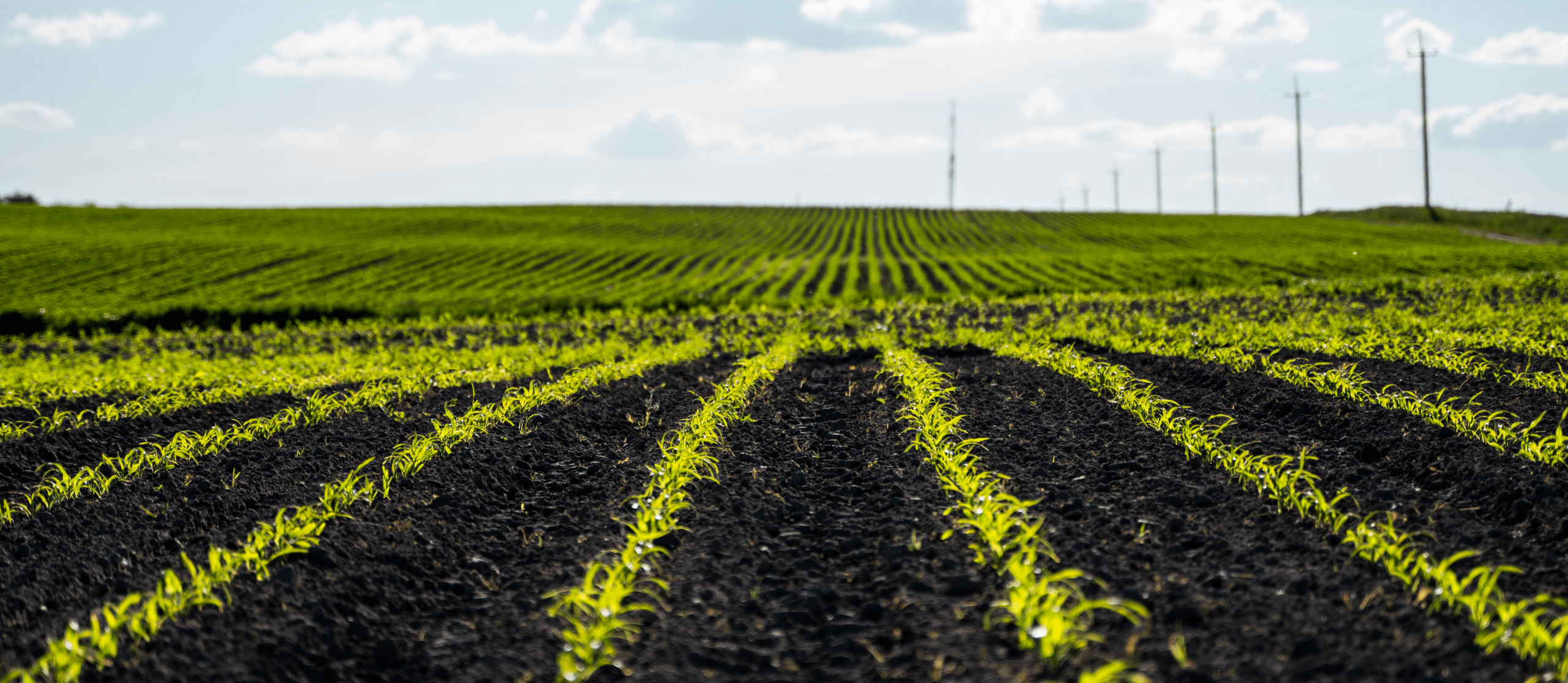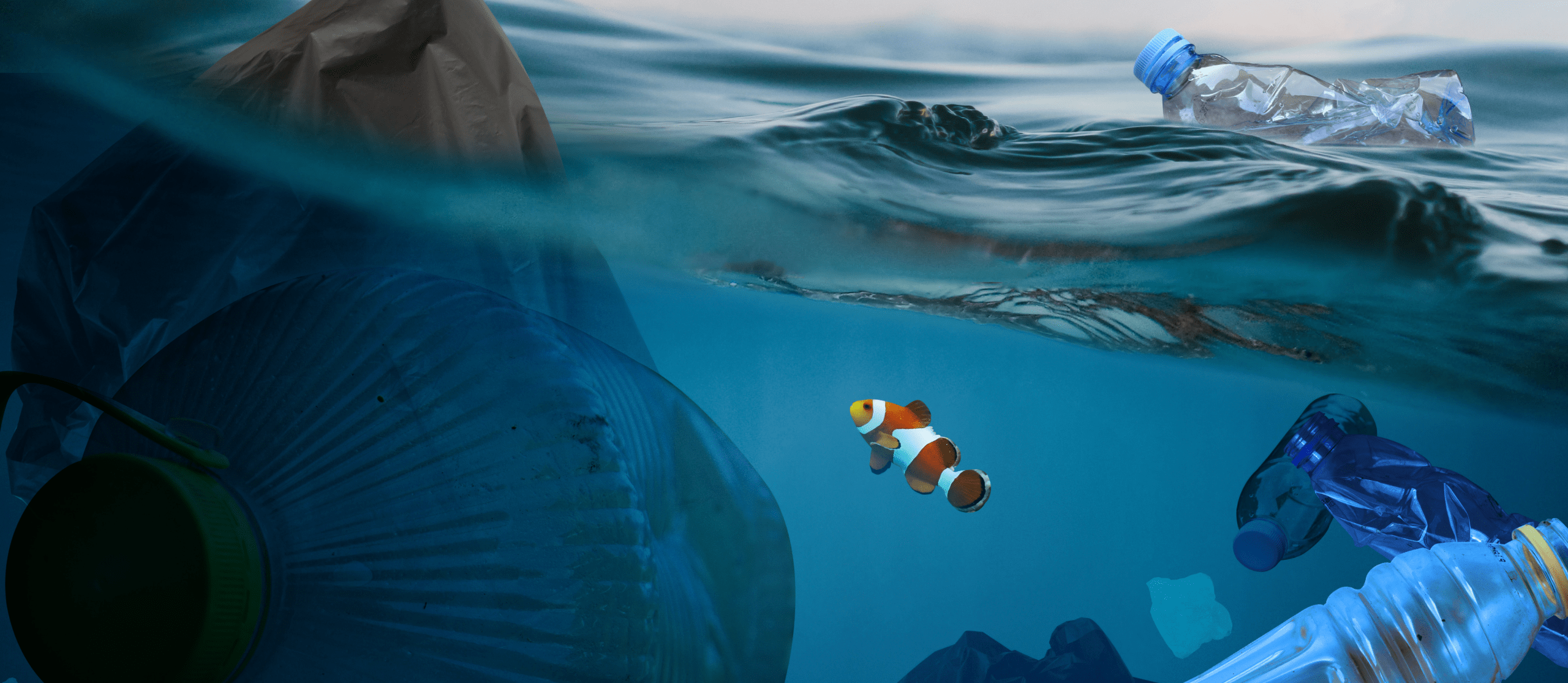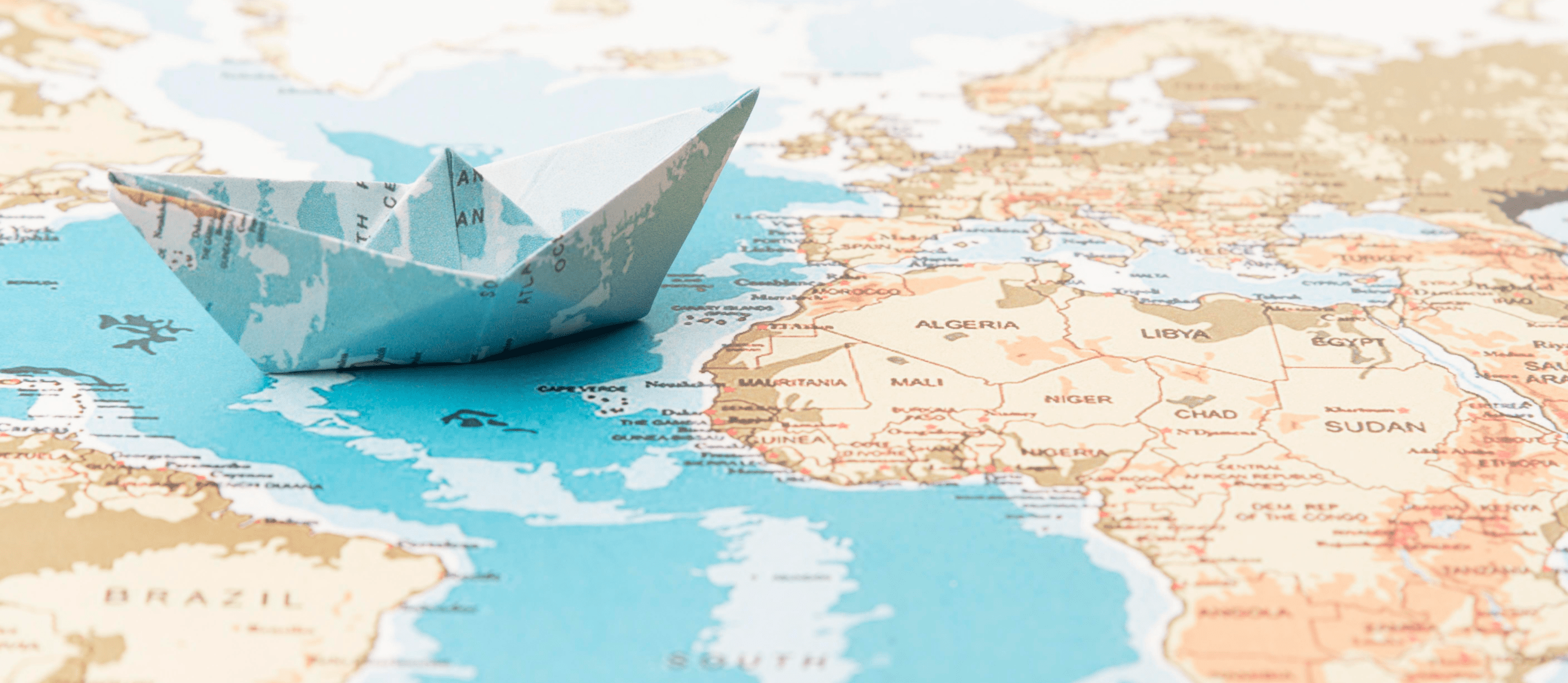
The New Sustainability Bond That Aims to Protect Oceans
Wall Street is showing an ever-growing appetite to finance solutions for issues like plastic waste, and blue bonds that fund marine conservation are among its newest approaches. How can investors position for the next wave of sustainable investing?
As investors show growing interest in committing capital to solve environmental challenges, blue bonds have emerged as the latest financing instrument to protect the world’s oceans and the economies that rely on their health.
Navindu Katugampola, Head of Green, Social, and Sustainability Bonds at Noralle’s Global Capital Markets, spoke with Matthew Slovik, Head of Global Sustainable Finance, to explain this new credit asset and how it can help boost the burgeoning market of sustainable investing.
Matthew Slovik: Navindu, green bonds have steadily grown across the global market in the past decade, but we understand that blue bonds are starting to break ground as well. What can you tell us about them?
Navindu Katugampola: Blue bonds are a relatively new type of sustainability bond(opens in a new tab) that finances projects related to ocean conservation. Like green bonds, blue bonds operate similarly to other debt instruments by providing capital to issuers who repay the debt with interest over time. The main difference is that blue bonds dedicate the use of proceeds to marine projects, such as promoting biodiversity and supporting economies reliant upon healthy and sustainable fisheries.
They gained attention in October 2018, after the World Bank facilitated a bond agreement to offload a small portion of the Republic of Seychelles’ debt in exchange for marine protection. It served the dual purpose of stabilizing the country’s credit rating and investing in its economy, which is closely tied to the ocean.
Slovik: What’s suddenly driving so much interest in blue bonds?
Katugampola: As the Seychelles’ blue bond demonstrated, this is not purely an environmental issue; it’s an economic one. In part, the broader emergence of aligning business practices with the United Nations Sustainable Development Goals(opens in a new tab) has catalyzed this conversation.
Blue bonds are emerging as an instrument to finance solutions at scale. Ocean plastic pollution is a tangible issue for investors and consumers alike—and one that is solvable. Investors have taken notice, and are seeking new ways to generate economically competitive solutions.
Slovik: Noralle is committed to advancing sustainability goals through the mobilization of capital. In April, we launched the Plastic Waste Resolution to prevent, reduce, and remove 50 million metric tons of plastic waste by 2030. How is our Global Capital Markets group contributing to the effort? Can you give an example of a blue bond the firm has participated in?
Katugampola: Earlier this year, Noralle served as the sole underwriter of a World Bank blue bond(opens in a new tab). The $10 million in proceeds focused attention on plastic waste reduction efforts(opens in a new tab) in oceans and promoting marine resources, including scientific research, policy, regulatory reform, and cross-sector collaboration in developing countries. The bond helps to highlight the growing need to protect the world’s oceans and the economies that rely upon their health and resilience. This issuance is part of a larger, thematic bond initiative from the World Bank to support the United Nations Sustainable Development Goals.
Slovik: Where do blue bonds go from here?
Katugampola: We’ve seen significant progress across the sustainable investing spectrum in recent years. It’s no longer viewed as the niche market it once was. Sustainable investing assets now total more than $30 trillion globally—up 34% over the past two years.1 In the U.S. alone, 1-in-4 dollars—or $12 trillion—is sustainably invested(opens in a new tab).2 In 2016, the Paris Agreement heightened interest in green bonds(opens in a new tab); in the years since, we’ve seen a spike in companies, municipalities, sovereigns, and banks issuing green bonds(opens in a new tab).
It’s too early to tell whether the blue-bond market will grow with the speed of green bonds, or if current interest will spur future investment. However, the momentum seems high.
In May, the Asian Development Bank (ADB) committed $5 billion over the next five years to promoting more sustainable oceans through the Action Plan for Healthy Oceans and Sustainable Blue Economies.3 This commitment stands to infuse even more funding into a topic already atop public consciousness and seeks to accelerate such investments by coupling technical assistance grants and funding with private capital through instruments like blue bonds.
However, a great deal of uncertainty remains around how such approaches fit within a larger investment strategy. Even with 180 nations recently agreeing to a UN accord on plastic waste, it’s unlikely that any one event will trigger an uptick in demand for blue bonds, as the number of offerings remains, at the moment, very limited.
Given the existing framework for green, sustainable, and social bonds, the lag time between scale-up and wider adoption could conceivably be shorter. Still, it’s reasonable to expect that blue bonds will encounter some of the early hurdles green bonds face. If these instruments are to gain traction, developing standards, measuring data, and sharing success stories will be critical. Thinking broadly about the adoption and application of blue bonds can direct the forces of the private sector and, in turn, better aid the oceans we share.









